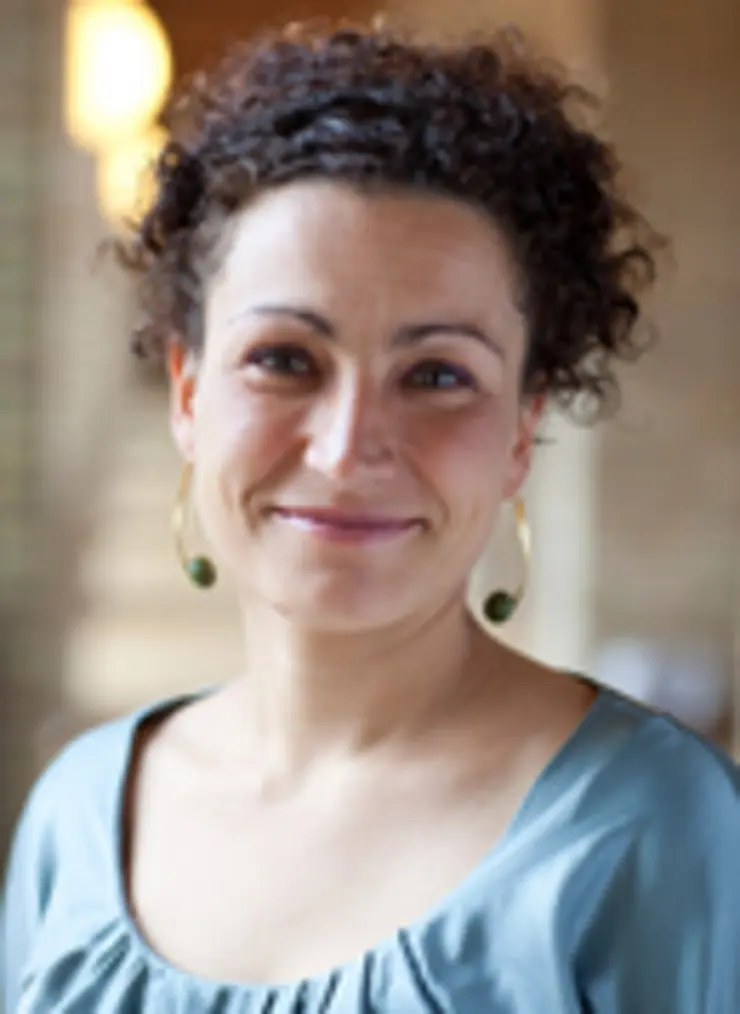- Website von Rubina Raja:
- Forschungsprojekt
Cults and sanctuaries of the Tetrapolis region
The aim of the project which I will undertake while being a fellow at the Max-Weber-Kolleg is to investigate the role of the sanctuaries in the zone between culture, religion and society in the Tetrapolis region of late Hellenistic and Roman Syria (app. 100 BC – AD 400) and to view them in a diachronic perspective. A focus will be to examine and compare, by way of the evidence (archaeological, epigraphic, numismatic and literary), the religious life of the Tetrapolis region in northern Syria/partly modern Turkey. Greater Syria was in antiquity as today, a hotspot for cultural, religious and political conflicts. The Tetrapolis in specific also played a pivotal role as a region located centrally in the Hellenistic world and also flowered in the Roman period. Through studying the region in antiquity it is possible to focus on what the background for these conflicts were and how conflict management and solutions were implemented. Furthermore the evidence from this region also provides an excellent opportunity to investigate religious life on the level of the individual and processes of individualization, both over shorter and longer periods of time, through written and archaeological evidence. Due to the nature of the political changes in Greater Syria in the Hellenistic and Roman periods provincial borders fluctuated and changed more than once during the period in concern and the aim of this project will among other things be to examine which changes we can trace in the religious life across changing provincial borders diachronically. The Tetrapolis provides exemplary and important evidence, archaeological, epigraphic, numismatic and literary, which have not yet been collected, compared and analyzed in a major work. The rich and central Tetrapolis region, flourishing already in the Hellenistic period, was the home to prominent cults situated in its main cities, Antiochia, Seleucia, Laodicea and Apamea. However, due to the state of the archaeological evidence most evidence in the region comes from outside these cities and there have been no attempts to collect – both from the Tetrapolis cities and outside – what is known about the religious life and synthesize it. Such an endeavor might provide us with crucial information about the region as a whole and the single sites as such. The location of the Tetrapolis region is in northwestern Syria and partly modern Turkey. The Tetrapolis region was in close contact with Anatolia as well as the regions south and east of it, among these the Hauran that was a region transversed by trade routes from south to north as well as from east to west and the Decapolis region further south. However, the local situations still differed due to a number of factors, such as climate and topography. These are factors, which must be taken into consideration in a study of the religious life of this region. These three regions at one and the same time represent very different scenarios in terms of their economic, cultural and political as well as topographical situations, but in terms of the religious life they all three present us with plentiful evidence with which a useful intra- and interregional comparison can be undertaken. Through a study of the Tetrapolis region it is possible to trace both local and regional variations in the religious life and discuss these on the background of stabile or changing economic, cultural and political factors and fluctuating provincial boundaries within the wider framework of the Roman Empire.
- News:
The EliteForsk Award is awarded to younger Danish researchers under 45 who have achieved an international outstanding position in their careers. It is awarded by the Minister for Education and Research together with the Crown Princess Mary of Denmark. The candidates are chosen by the Danish Research Councils upon recommendation by the rectors of the Danish Universities. Five awards are given every year and seldom the award is given to a researcher from the Humanities.
- Weitere Informationen unter:
Project "Lived Ancient Religion: Questioning 'cults' and 'polis religion' (2012-2017)"


